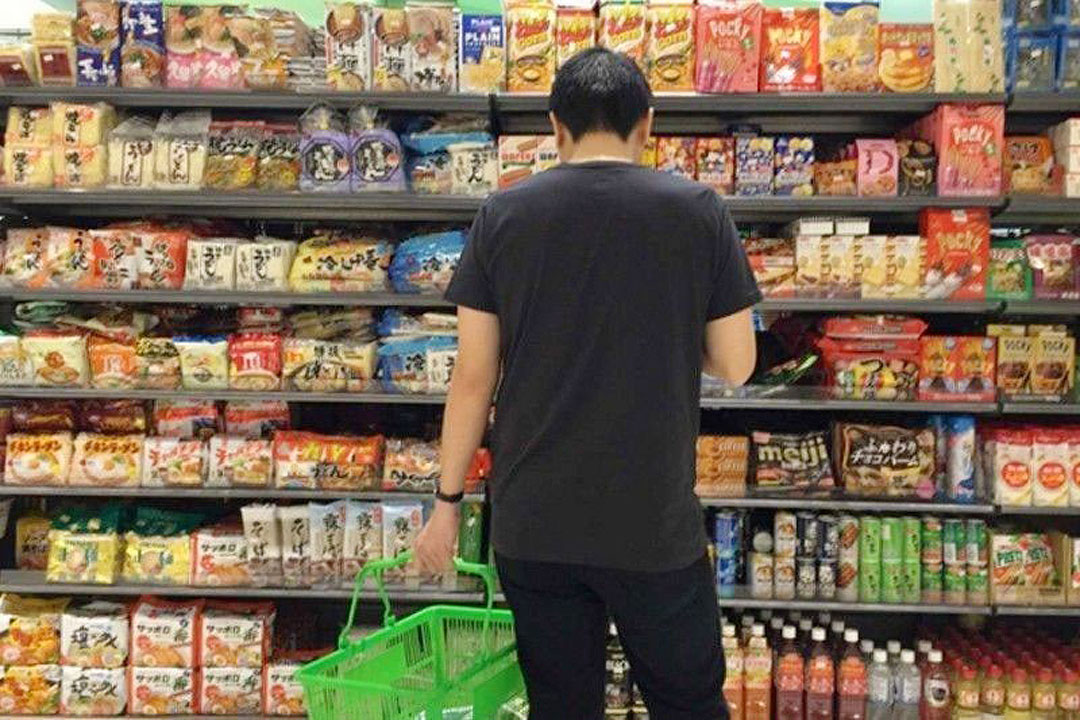
INFLATION may have picked up to 3% in February due to price pressures stemming from food and fuel, DBS Bank Ltd. said.
“February inflation is expected to tick up to 3% year on year from 2.8% the month before, within the central bank’s target,” it said in a report.
The DBS forecast matches the median estimate of a BusinessWorld poll of 16 analysts.
If realized, February inflation will have accelerated from the 2.8% reading in January. It is also within the 2.8-3.6% forecast of the Bangko Sentral ng Pilipinas (BSP) for the month.
However, this would mark the first time inflation picked up on a month-on-month basis since September.
“Upside price pressures stem from the volatile food component including rice, meat, and fish, besides non-food items like fuel and utilities,” the report said.
At the end of February, the price of a kilogram of domestically grown well-milled rice ranged from P48 to P55 while regular-milled rice cost about P50 per kilogram.
In February, pump prices rose by a net P1.05 a liter for gasoline, P1.55 a liter for diesel and P0.35 a liter for kerosene.
“Base effects are conducive for the first half, which will help keep inflation within the target range notwithstanding simmering pressures,” it added.
DBS expects inflation to settle at 3.3% this year and 3% in 2025. The BSP sees inflation averaging 3.6% this year and 3.2% next year.
February inflation data is set to be released today, March 5.
Meanwhile, DBS expects the central bank to deliver its first policy cut by the fourth quarter.
“The BSP is expected to maintain a cautious stance, with delays in the Fed’s rate cut cycle also likely to keep the Philippine authorities from lowering rates prematurely,” it said.
DBS sees the BSP cutting rates by 75 basis points (bps) to bring the benchmark rate to 5.75% in the fourth quarter.
The BSP kept its key rate steady at 6.5% at its February meeting. The central bank raised borrowing costs by 450 bps from May 2022 to October 2023. — Luisa Maria Jacinta C. Jocson



